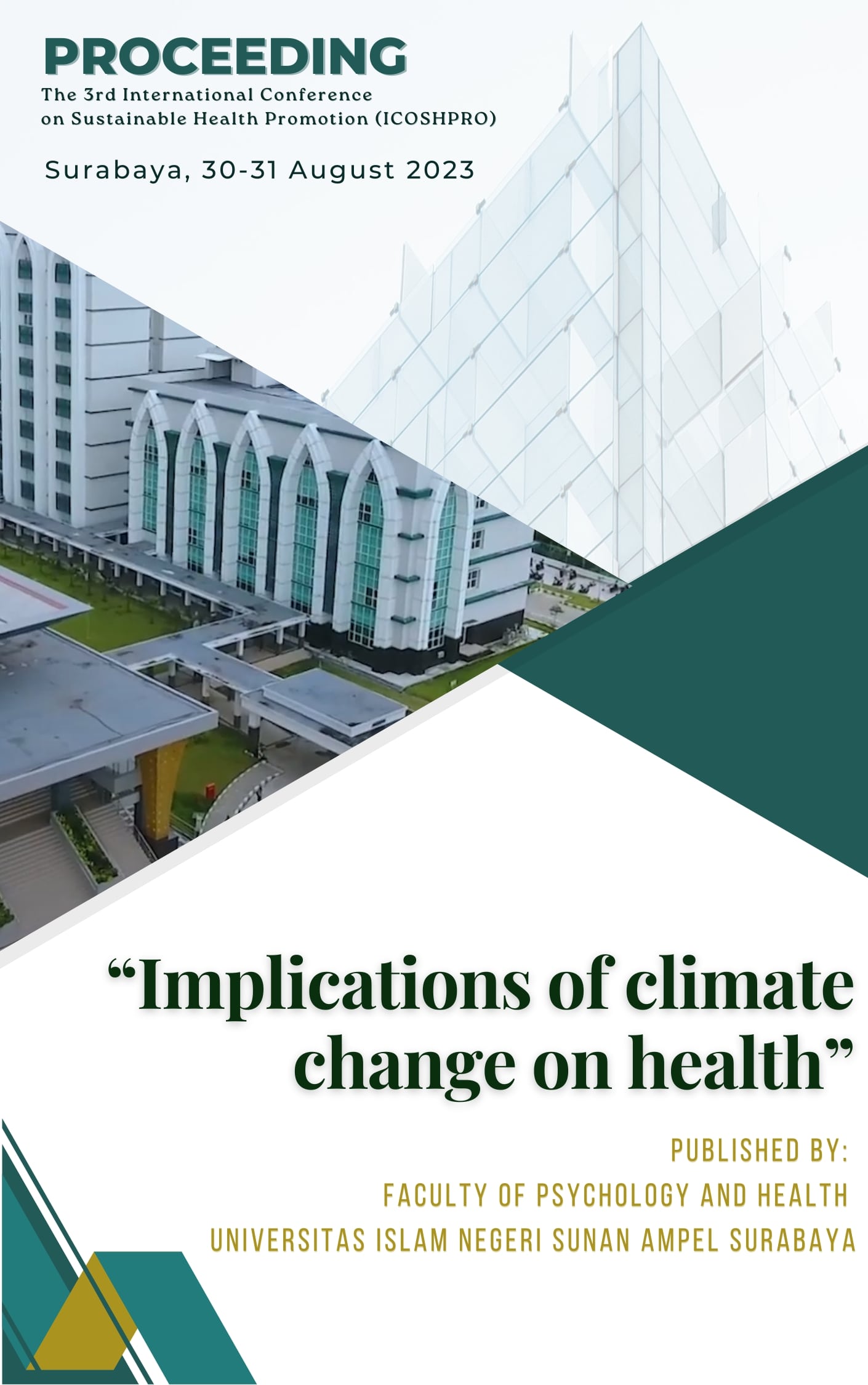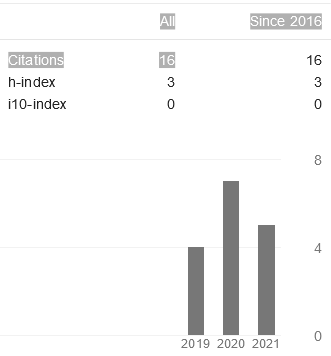Isolation and Characterization of Shrimp Shell Chitosan
Abstract
Chitosan is a polysaccharide formed through the deacetylation of chitin. Chitosan is commonly produced from the waste of the fishing industry, such as shrimp, crab, or lobster shells with a process that first extracts the chitin and then goes to deacetylation. This research aims to isolate and characterize chitosan derived from shrimp to examine its physicochemical properties using various methods. The moisture content was determined by drying the sample in an oven (13.1%), indicating a relatively high moisture level compared to the Indonesian National Standard (SNI) scale (12%), while the ash content was obtained through combustion (8.68%). FTIR analysis identified characteristic peaks at 3500-3000 cm^-1 (OH group), 1600-1500 cm^-1 (amide C=O group), ±1600 cm^-1 (N-H group), and ±1000 cm^-1 (C-N group), which are typical features of chitosan's structure. The degree of deacetylation, indicating a reduction in acetylation groups, was calculated through acid-base titration (20.196%), confirming the formation of chitosan. The result of the deacetylation degree is way below the SNI standard (>75%). Information about these chitosan characteristics highlights its potential applications in the food, pharmaceutical, and agricultural industries.
Copyright (c) 2023 Soghi Tankoiko, Yanuar Bakhrul Alam, Uno Sheva Matlubah, Irul Hidayati, Funsu Andiarna, Eva Agustina

This work is licensed under a Creative Commons Attribution-ShareAlike 4.0 International License.
Authors who publish with us agree to the following terms:
- Authors retain copyright and grant the publisher right of first publication with the work simultaneously licensed under a Creative Commons Attribution License that allows others to share the work with an acknowledgement of the work's authorship and initial publication in this proceeding.
- Authors are able to enter into separate, additional contractual arrangements for the non-exclusive distribution of the proceeding's published version of the work (e.g., post it to an institutional repository or publish it in a book), with an acknowledgement of its initial publication in this proceeding.
- Authors are permitted and encouraged to post their work online (e.g., in institutional repositories, pre-prints sites or on their website) prior to and during the submission process, as it can lead to productive exchanges, as well as earlier and greater dissemination of published work





_page-00011.jpg)
